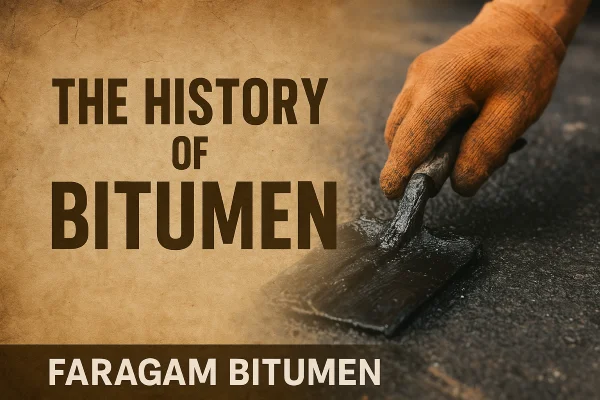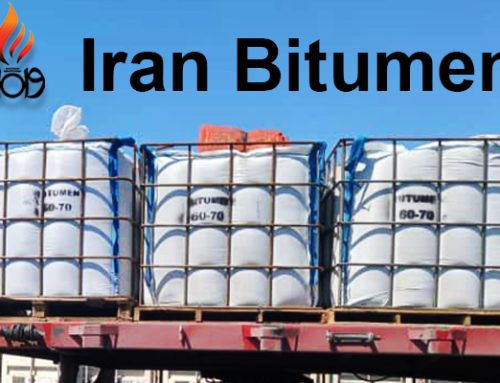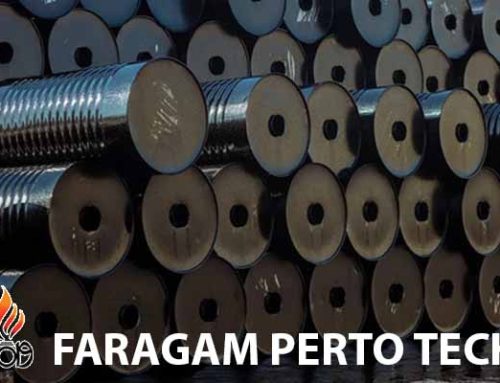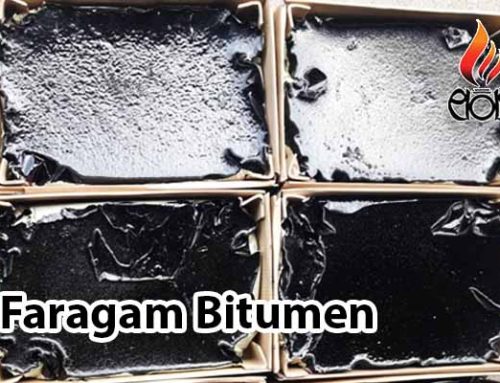
The History of Bitumen from Nature’s Gift to Industrial Power
Bitumen — also known as asphalt or tar — has been used by humans for thousands of years. What began as a natural material discovered in riverbanks and oil seeps has now evolved into one of the most essential materials in modern infrastructure.
Faragam Bitumen, as a leading exporter of penetration grade and oxidized bitumen, continues this long-standing connection between nature and human innovation.
The First Uses of Bitumen in Ancient Civilizations
The earliest known use of bitumen dates back more than 5,000 years. Archaeological evidence shows that ancient civilizations in Mesopotamia (modern Iraq and Iran) used natural bitumen for construction, waterproofing, and even art.
-
Sumerians and Babylonians sealed boats and irrigation canals with bitumen.
-
Ancient Egyptians used it in the mummification process due to its preservative qualities.
-
The Indus Valley Civilization used bitumen as a mortar in brickwork and for waterproofing baths.
These early applications highlight the natural versatility of bitumen — long before industrial refining began.
Bitumen in the Industrial Revolution
The 18th and 19th centuries marked a major turning point. As the Industrial Revolution accelerated, engineers and chemists began exploring petroleum as a raw material. Natural bitumen deposits could not meet the growing demand for road construction and waterproofing materials.
The first scientific studies on bitumen’s composition were conducted in France and the United Kingdom around 1830–1850. In 1854, scientist Trinidad Lake Asphalt was discovered and commercially exploited — one of the world’s largest natural bitumen sources.
This period laid the foundation for industrial bitumen production, connecting geology, chemistry, and transportation in new ways.
The First Bitumen Refineries and Commercial Production
By the early 20th century, the petroleum industry transformed how bitumen was produced. Instead of relying on natural deposits, refineries began distilling crude oil to extract bitumen as a byproduct.
-
The first refinery-based bitumen production is recorded in the United States (around 1900), when petroleum refineries in California and Texas began producing asphalt binder for road construction.
-
In Europe, early refineries in France and Germany followed, refining heavy crude oils into bitumen for roofing and paving.
This industrial breakthrough made bitumen consistent, scalable, and exportable, forming the basis of the modern global bitumen trade.
Bitumen in the 20th and 21st Centuries
The 20th century witnessed explosive growth in road networks, urban expansion, and infrastructure projects — all dependent on refined bitumen. With the rise of automobile transportation, countries across the world established standardized penetration grades (e.g., 60/70, 80/100) to ensure consistent quality in paving.
In the 21st century, modern bitumen production focuses on:
-
Oxidized bitumen for waterproofing and insulation.
-
Cutback and emulsion bitumen for flexible road construction.
-
Eco-friendly and polymer-modified bitumen for advanced durability and sustainability.
Faragam Bitumen: Continuing the Legacy
Faragam Bitumen proudly continues this industrial tradition.
Based in Iran — one of the world’s major crude oil and bitumen producers — the company specializes in:
-
Oxidized and blown bitumen
-
Cutback and emulsion bitumen
-
Bulk, drum, and jumbo bag packing for export markets
Faragam Bitumen supplies to regions including Africa, the Middle East, and Southeast Asia, ensuring quality, reliability, and on-time delivery — built upon centuries of innovation.
From ancient Mesopotamian temples to modern highways, bitumen has been an essential part of human progress. Its journey from a naturally occurring sealant to a refined industrial product symbolizes how far technology and civilization have come.
Faragam Bitumen continues this rich history by delivering premium-grade bitumen to the global market — combining tradition, innovation, and reliability.



